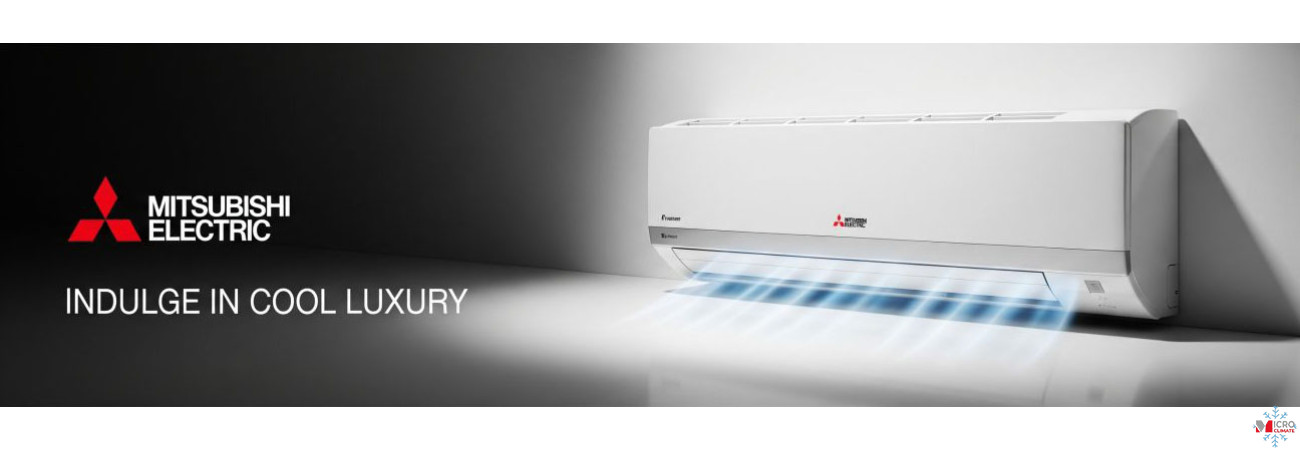
Smart thermostats are transforming how people and businesses manage indoor climate.
By combining intelligent sensors, Wi-Fi connectivity, and adaptive algorithms, these devices optimise HVAC performance, reduce waste, and enhance user comfort.
For offices and commercial buildings in the UK, they have become an essential component of modern energy management.
Adaptive Temperature Control
Unlike traditional thermostats that operate on fixed setpoints, smart thermostats analyse usage patterns, outdoor weather, and occupancy levels to adjust temperatures automatically.
This dynamic control can reduce HVAC energy consumption by 15–25 % without affecting comfort.
Learning Algorithms
Smart thermostats such as Daikin Madoka, Honeywell T9, or Google Nest Pro use learning algorithms to predict when spaces will be occupied and pre-condition them accordingly.
Over time, they fine-tune heating and cooling cycles to match real-world behaviour, improving both comfort and efficiency.
Wi-Fi and App Control
Users can control temperature remotely via mobile apps or web dashboards.
Functions typically include:
-
Real-time temperature adjustment
-
Weekly scheduling
-
Energy-use monitoring
-
Geofencing (automatic control when occupants arrive or leave)
For multi-office buildings, cloud-based platforms centralise control and reporting for all thermostats.
Integration with HVAC Systems
Smart thermostats integrate with VRF, multi-split, and ducted systems, using protocols such as Modbus and BACnet.
They can manage multiple indoor units simultaneously, adjusting airflow and compressor load according to real-time demand.
Data Analytics and Reporting
Most smart thermostats log temperature, humidity, and runtime data.
This allows facility managers to identify inefficiencies, schedule maintenance, and set energy-saving targets.
In offices, data-driven optimisation can yield annual savings of 10–20 %.
Occupancy Sensors and Zoning
Thermostats with built-in PIR sensors detect presence and automatically reduce output when areas are empty.
In zoned buildings, each thermostat controls a separate space, ensuring precision comfort and eliminating energy waste.
Compatibility and Voice Control
Modern thermostats integrate with Amazon Alexa, Google Assistant, and Apple HomeKit, offering voice control convenience.
For example: “Alexa, set meeting room to 21 degrees.”
This functionality improves accessibility and ease of use.
Environmental Benefits
By reducing unnecessary operation, smart thermostats lower both electricity consumption and CO₂ emissions.
When paired with high-efficiency inverter systems, they help achieve Net Zero and BREEAM sustainability goals.
Conclusion
Smart thermostats are an essential step toward intelligent climate management.
They combine automation, connectivity, and analytics to deliver comfort and measurable energy savings.
For both residential and commercial users in the UK, upgrading to a smart thermostat is a simple yet powerful way to improve HVAC efficiency and reduce operating costs.





